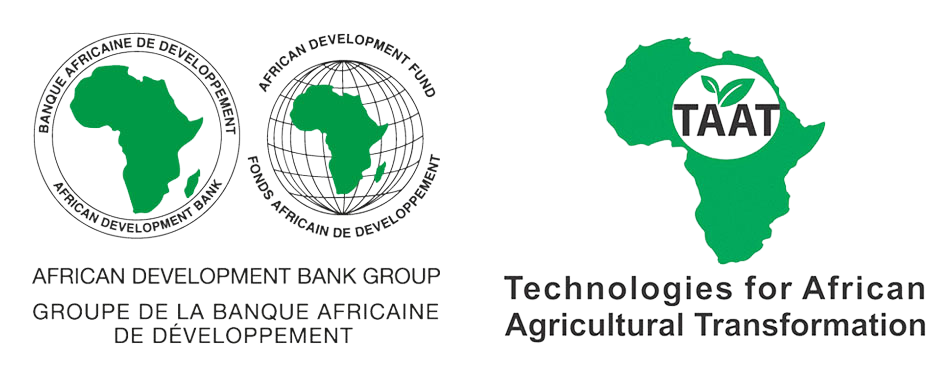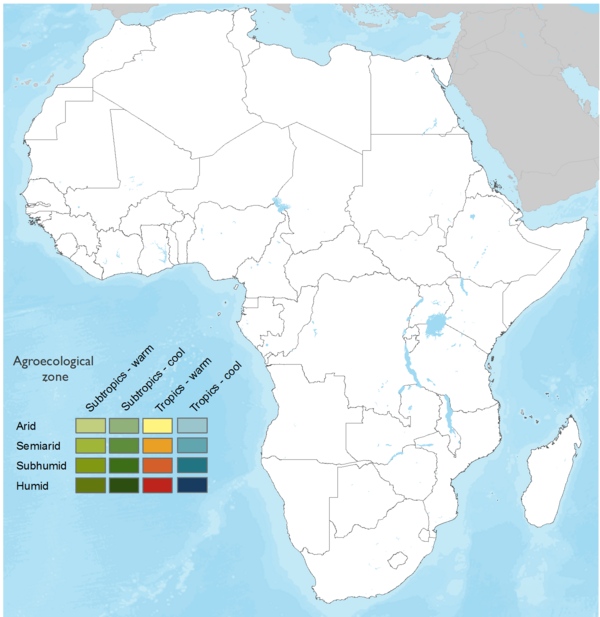

Making Cassava Seed Systems Work Better
ME-CASS is a digital tool that gives seed companies and agro-dealers better visibility into the seed supply chain. It helps trace the movement of varieties, track production volumes, and confirm the quality and identity of seeds. This reduces business risks linked to unknown or mixed varieties and makes it easier to plan production and meet market demand.
The system also provides data that can support decisions on where to expand operations, how to forecast demand, and which seed producers are reliable. ME-CASS helps businesses build trust with buyers and regulators by offering proof of traceability and performance across the cassava seed value chain.
This technology is pre-validated.
Open source / open access
For seed companies and agrodealers aiming to adopt ME-CASS, the focus should be on using the system to improve traceability, planning, and customer trust. The following practical steps can help structure your investment and operations around the platform:
Set up a simple digital record system:
Use ME-CASS or compatible tools (e.g., Excel, mobile apps) to record seed variety, volumes, sources, and sales. Start with what’s practical and build up gradually.
Train key staff to manage the system:
Assign someone to handle data entry and updates—such as a sales manager or inventory officer—and train them to use the platform efficiently.
Track what matters most to your business:
Focus on a few key indicators like certified variety names, volumes sold per region, and client types. This helps you forecast demand and stock accurately.
Work with trusted seed producers and regulators:
Use ME-CASS data to verify the origin and certification of the seeds you source. This reduces the risk of selling poor-quality or misidentified varieties.
Start small, test the system:
Pilot the platform with a few products or regions. Use this phase to test reporting formats, staff involvement, and integration into your sales process.
Use data to boost customer confidence:
Share simple performance data with buyers to prove that seeds are authentic and well-sourced. This can help differentiate your brand.
Keep it affordable and scalable:
You don’t need heavy infrastructure to begin. ME-CASS works with basic digital tools and can grow as your business grows.
Explore expansion to other crops:
Once ME-CASS is running well for cassava, consider using the same system to monitor other crops you sell, like sweetpotato or yam.
Adults 18 and over: Positive low
System designed to help monitor and manage the activities of adults 18 and over
The poor: Positive low
System designed to help monitor and manage the activities of the poor
Under 18: Positive low
System designed to help monitor and manage the activities of people under 18
Women: Positive low
System designed to help monitor and manage the activities of women
Scaling Readiness describes how complete a technology’s development is and its ability to be scaled. It produces a score that measures a technology’s readiness along two axes: the level of maturity of the idea itself, and the level to which the technology has been used so far.
Each axis goes from 0 to 9 where 9 is the “ready-to-scale” status. For each technology profile in the e-catalogs we have documented the scaling readiness status from evidence given by the technology providers. The e-catalogs only showcase technologies for which the scaling readiness score is at least 8 for maturity of the idea and 7 for the level of use.
The graph below represents visually the scaling readiness status for this technology, you can see the label of each level by hovering your mouse cursor on the number.
Read more about scaling readiness ›
Semi-controlled environment: prototype
By the whole project team + project partners
| Maturity of the idea | Level of use | |||||||||
| 9 | ||||||||||
| 8 | ||||||||||
| 7 | ||||||||||
| 6 | ||||||||||
| 5 | ||||||||||
| 4 | ||||||||||
| 3 | ||||||||||
| 2 | ||||||||||
| 1 | ||||||||||
| 1 | 2 | 3 | 4 | 5 | 6 | 7 | 8 | 9 | ||
| Country | Testing ongoing | Tested | Adopted |
|---|---|---|---|
| Nigeria | –No ongoing testing | Tested | Adopted |
| Tanzania | –No ongoing testing | Tested | Adopted |
This technology can be used in the colored agro-ecological zones. Any zones shown in white are not suitable for this technology.

| AEZ | Subtropic - warm | Subtropic - cool | Tropic - warm | Tropic - cool |
|---|---|---|---|---|
| Arid | – | – | – | – |
| Semiarid | – | – | – | – |
| Subhumid | – | – | – | – |
| Humid | – | – | – | – |
Source: HarvestChoice/IFPRI 2009
The United Nations Sustainable Development Goals that are applicable to this technology.

By improving seed system efficiency and traceability, ME-CASS supports smallholder farmers' access to high-quality cassava varieties, helping increase productivity and income.

Ensures reliable delivery of improved cassava varieties that enhance food security and reduce seasonal food gaps.

Indirect contribution through support to nutrient-rich cassava varieties and reduction of unsafe planting materials.
Last updated on 30 June 2025